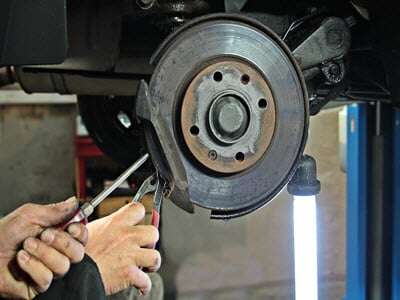How to Run Your Operation with a Reduced Staff

The COVID-19 outbreak has left an impact across the U.S., leaving many fleet operations trying to operate on a reduced budget to make up for lost business during the pandemic. If your operation is now operating with less people due to layoffs, it can be difficult to get the same amount of work done with fewer staff members.
Get tips on how you can efficiently run your operation with a reduced staff.
Evaluate Your Processes
One of the first things fleet operations can do is review their current workflow and processes and look for ways to improve them. Observe the day-to-day operation and make note of tasks that are duplicated by multiple employees, and obstructions that are adding to the amount of time a job takes to complete. Also, get input from your staff on what processes they feel add time to each job. Once you’ve developed a list of improvements, work with your staff to discuss how to adjust processes to make jobs more efficient.
Use Fleet Management Software
Implementing fleet management software can help make your fleet operation more efficient. A FMIS can allow your shop to streamline its information to save time on vehicle maintenance. Operations can keep vehicle records, repair history, parts information and warranty information all in one place. This allows operations to streamline the maintenance process and reduce time trying to track down paper forms and vehicle and repair information.
Having parts information readily available can save technicians time as they can quickly determine if a part is in stock. This prevents them from having to make unneeded trips to the parts room only to find out a part isn’t in stock.
Fleet management software also lets operations track preventative maintenance on vehicles. This lets the system alert the shop when vehicles are due for PM so employees don’t have to spend time tracking this information manually. It also reduces the number of repairs as preventative maintenance allows shops to identify small issues before they become larger.
Use Telematics
Telematics solutions can provide fleet operations with help in diagnosing maintenance issues. With fewer staff members, you can use telematics to alert technicians to potential problems with a vehicle. This can help speed up vehicle inspections by helping shops diagnose issues. It can also help shops prioritize repairs by determining the severity of issues and how quickly they need to be repaired.
